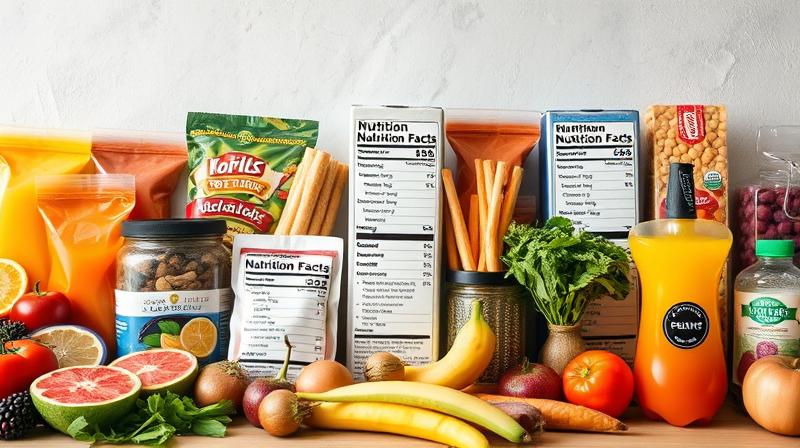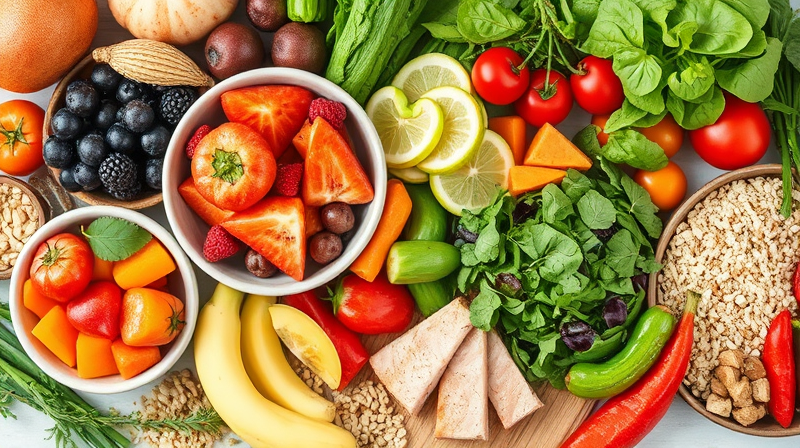Nutrition labels have become an essential tool in today’s fast‐paced health environment. With so many options in the marketplace, making informed choices is more important than ever. Understanding the information outlined on food packages can lead to a healthier lifestyle and empower you to take charge of your nutrition. This article explains the core elements of nutrition labels and provides practical tips to help you confidently navigate them.
Making healthy choices starts with knowing what you consume. Nutrition labels provide key insights into serving sizes, calories, and the nutrients inside each product. By taking the time to interpret these details, you will be able to assess the value of the foods you purchase. In turn, this helps in managing portion sizes and aligning your diet with your personal health goals.
The Building Blocks of the Nutrition Label
At the top of nearly every packaged food item, the Nutrition Facts label presents a concise overview of what each serving contains. Here are the crucial components that make up a typical label:
- Serving Information: The very first piece of information you see is the serving size along with the total number of servings in the package. This detail is key to understanding how much you are consuming, since the nutritional data is often provided for just one serving.
- Total Calories: Calories are a primary focus for many people. Knowing the calorie content per serving helps inform decisions about how much to consume, especially if you are watching your weight.
- Nutrients to Limit: Labels clearly show nutrients that you should try to limit, such as saturated fat, added sugars, and sodium. This information is vital for managing health risks related to chronic conditions like heart disease and diabetes.
- Beneficial Nutrients: Equally important are the components that boost your health. Nutrients such as dietary fiber, calcium, potassium, vitamin D, and iron should be part of a balanced diet.
- % Daily Value (%DV): This number indicates how much a nutrient in a serving contributes to a daily diet based on a 2,000-calorie daily intake. A low %DV (5% or less) for harmful nutrients and a higher %DV for beneficial nutrients are ideal for a balanced diet.
Learning to use the %DV effectively can be a game-changer in identifying which foods meet your nutritional needs.
Enhancements in Labeling Practices
New changes in food labeling practices are designed to make nutritional information more accessible and easier to understand. In January 2025, the FDA introduced a proposed mandatory front-of-package (FOP) label. This simplified labeling system offers a quick visual guide to important nutrients.
Key improvements include: an at-a-glance breakdown of critical nutrients such as saturated fat, sodium, and added sugars. The front package label uses simple categorizations like "Low," "Medium," and "High," making it easier for consumers to compare similar products quickly and efficiently.
These enhancements help consumers navigate a crowded marketplace by providing simplified, yet comprehensive, nutrition data right on the front page of food packages.
Understanding the Updated 'Healthy' Claim
Regulations surrounding the term "healthy" have changed. As of December 2024, foods must meet strict criteria not only for limited nutrients but also for food group contributions. This means that for a food product to be labeled as healthy, it has to include substantial amounts of fruits, vegetables, grains, proteins, and dairy.
These updated standards are designed to encourage the consumption of whole, nutrient-dense foods rather than items that are only marginally improved by small adjustments in ingredients. With these higher standards, you can trust that products marketed as healthy are more likely to contribute positively to your nutritional intake.
Practical Tips for Using Nutrition Labels
Armed with the information from nutrition labels, you can make wiser decisions about the foods you include in your diet. Here are some practical tips:
- Compare Similar Products: Always read the labels carefully on similar items. Choose products with lower amounts of sodium, added sugars, and unhealthy fats.
- Examine the Ingredients List: Look for whole, minimally processed ingredients. Steer clear of items featuring lengthy ingredient lists or a high degree of additives.
- Mind the Serving Sizes: Packaged foods can be deceptive; many contain multiple servings, so calculate the real calorie and nutrient count before consuming the entire package.
Using these guidelines, your approach to grocery shopping will be more thoughtful and grounded in nutritional science. You are not only choosing foods that taste good but also those that enrich your body and boost your overall health.
The peace of mind that comes from informed decisions can lead to a more balanced life. With this guide, you have the tools necessary to critically analyze and compare nutritional information, ultimately setting the stage for a healthier future for you and your family.
Remember, every small change can pave the way for significant long-term benefits. Embrace the habit of scrutinizing nutrition labels. Over time, this practice can transform your eating habits and contribute to better overall wellness.
Whether you are looking to reduce the risk of chronic illnesses or simply aiming for a balanced diet, understanding these labels is a must. The knowledge you gain today will propel you towards a more health-conscious tomorrow, making every meal a step in the right direction.
In summary, food labels offer more than mere calories and percentages; they provide a window into the quality of the food you consume. By recognizing the key elements highlighted in this guide, you are now better equipped to take control of your diet and foster a healthier relationship with food.
Use this information as a stepping stone toward a more knowledgeable and empowered lifestyle. Embrace the journey of lasting wellness, armed with the insights needed to thrive in an ever-changing nutritional landscape.








